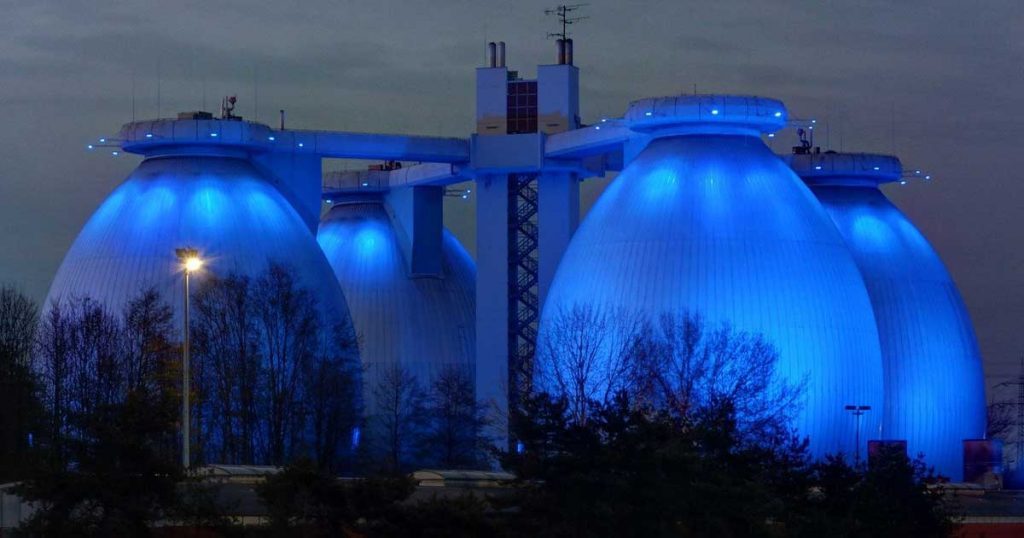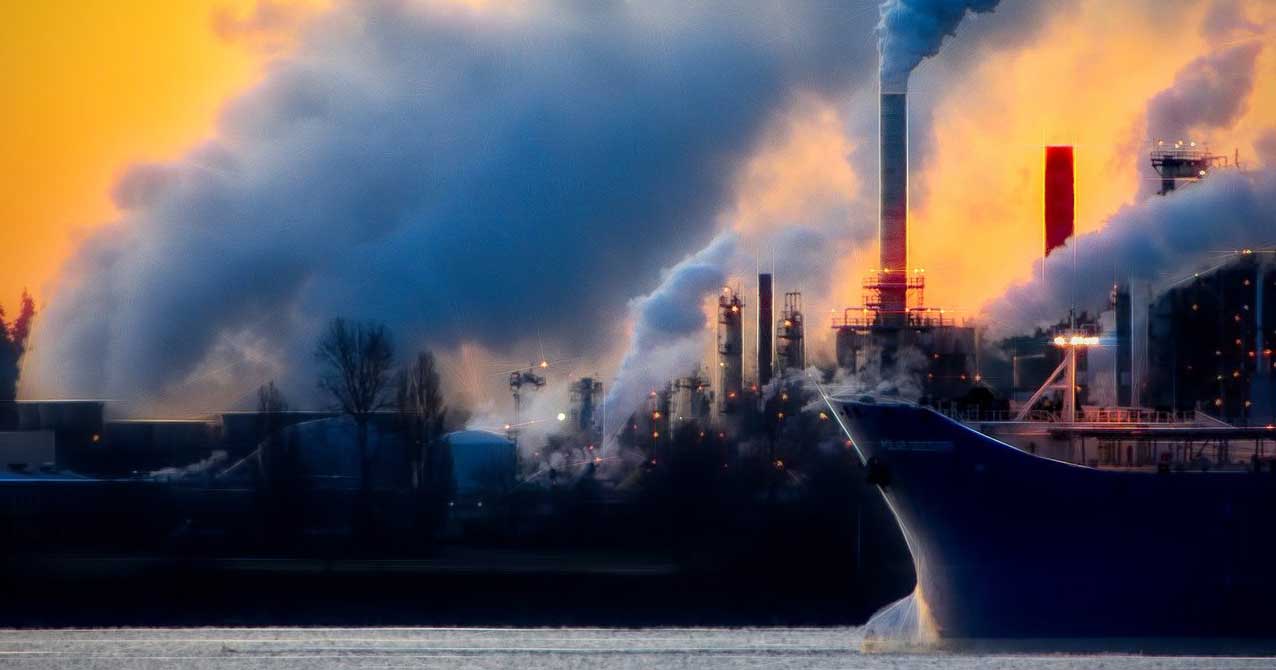Renewable natural gas (RNG) is a renewable energy that is not well-known and is also called Bio-SNG (sustainable natural gas), or biomethane. It is an affordable, clean, and reliable gas created from waste and can power homes, businesses, and vehicles.
It all Begins with Biogas
Conventional natural gas consists mainly of methane. Methane naturally comes from the decomposition of organic matter. Biogas derives from various biomass sources, including animal manure and food scraps, and crop residues. Dairies and farms repurpose their organic waste to produce biogas. Additionally, organic waste at wastewater treatment plants and landfills also creates biogas.
What is Renewable Natural Gas? Biomethane
Biogas consists of methane, carbon dioxide with trace contaminants. The biogas is processed or “upgraded” to remove CO2 and trace elements so that the biomethane (RNG) is similar in quality to fossil natural gas. When upgrading the quality, it can be distributed in the existing natural gas distribution grid. Renewable natural gas is a subcategory of synthetic natural gas or substitute natural gas (SNG).
Like conventional natural gas, RNG can also be used in the compressed natural gas system (CNG) or the liquified natural gas system (LNG) and qualifies in the Renewable Fuel Standard as an advanced biofuel.
There is a dual benefit when using RNG or biomethane. First, we’re using renewable energy rather than fossil fuels which have limited resources. Second, the capture of escaping greenhouse gas emissions from landfills, wastewater, manure, and other sources prevent methane, a potent GHG, from leaking into the atmosphere.
Odorization of Biogas or Biomethane
Biogas and RNG, like conventional natural gas, are odorless, and odorization is the best practice to ensure the safety of people and infrastructure. If you are in the market for an odorization system for biogas, renewable natural gas, or biomethane, you came to the right place. Our company specializes in the odorization of gas, and our proprietary systems excel in low-flow and intermittent- flow (even no-flow) systems typically associated with the production of biogas.
Image by Jordan Stimpson and HansPer Schroer from Pixabay.


